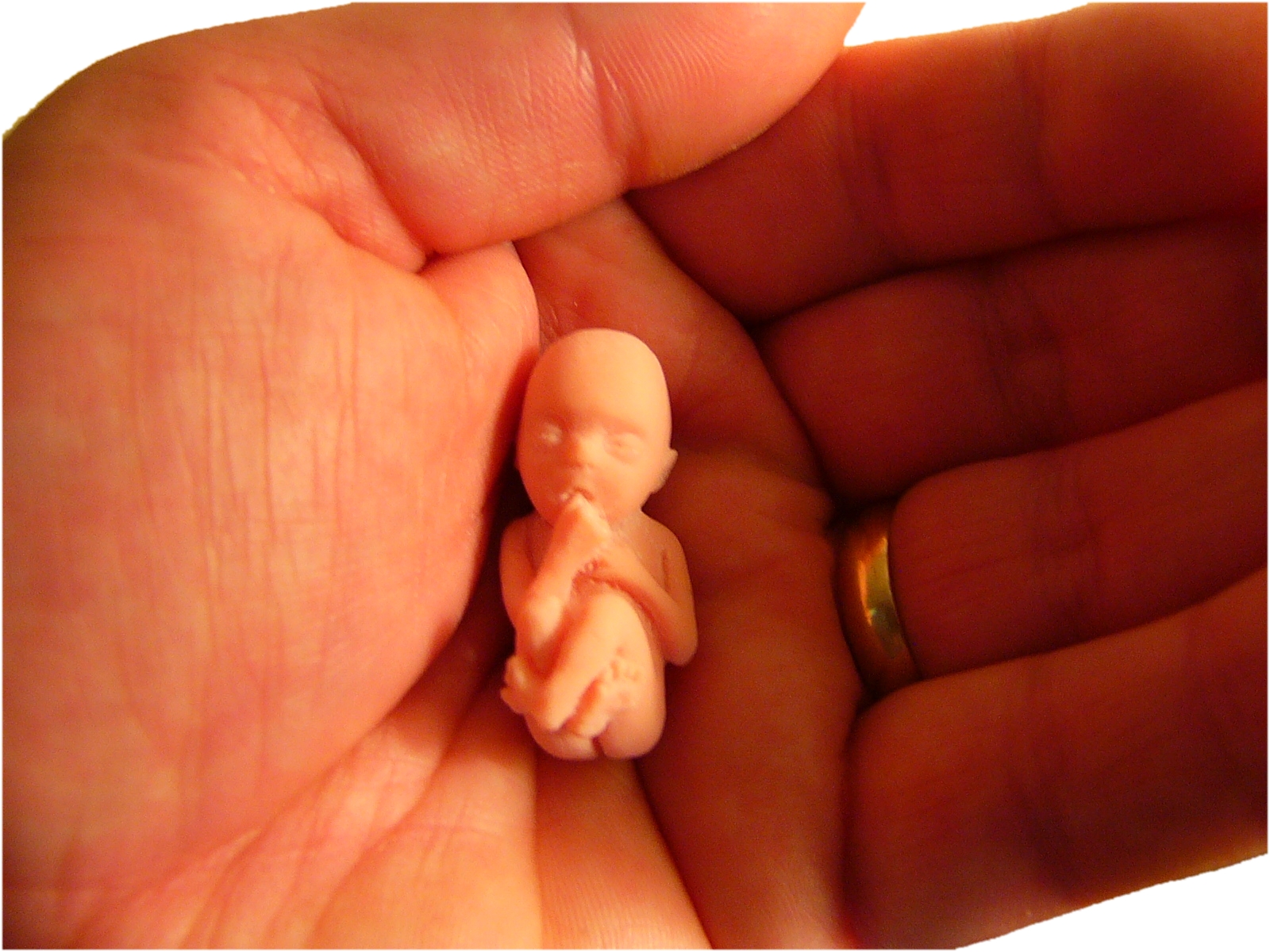
FRIDAY. Sept. 10 (HealthDay News) — For Lisa Byrns, a school nurse, dealing with head lice brings out the investigator in her.
Byrns and her fellow school nurses battle head lice outbreaks in fits and starts. Infestations usually occur during transitional times, such as when kids return to school, often fresh from summer camps or other social situations where they were in close contact with each other.
“Children are typically wallowers,” Byrns said. “They’re all over each other half the time, hugging and on the floor together and being buddies,” she said. “We also see [outbreaks] when winter starts and they start wearing jackets and hats, and they start wearing each others’ things.”
Byrns said she likes to treat each outbreak in an epidemiological manner, running an investigation in the style of the U.S. Centers for Disease Control and Prevention.
“You start talking to kids and figuring things out,” she said. “Who have you been spending time with? What team sports do you participate in? I found half of a baseball team one time that had head lice, and I’m pretty sure it was from sharing a batting helmet. It was innocuous. They just put on the helmet and start batting.”
It can be tough dealing with a head lice outbreak, and not just the part about running a comb through a kid’s hair to make sure they’re free of lice and nits before they can return to school. Parents, frequently enraged and inconsolable about their child’s infestation, often must be calmed and educated, said Byrns, who works for the Glynn County School District in Brunswick, Ga., and is president of the Georgia Association of School Nurses.
“They want to blame somebody. They really do,” she said. “And you have to say, ‘It’s nobody’s fault. It’s just a thing.’ Some will really fly off the handle. ‘Why did you let your kid give my kid head lice? Your kid can’t play with mine anymore.’ They get illogical. I tell them to look at it a different way: If this was a cold, would you let your kids play in a week?”
Byrns figures at least some of parents’ frustration comes from just how hard it is to get rid of a lice infestation. There’s treating and then re-treating and then nit-picking — and it all has to be meticulous.
“If you skate on one little step, then you’re probably going to be faced with recurrence in a week or two because it’s not been treated properly,” she said.
Byrns knows the parents’ point of view from personal experience. About 20 years ago, her son, who was 6 at the time, climbed into bed with her, madly scratching his head. She helped him scratch, and when she stopped, he demanded that she keep going. She took him into the bathroom and found his scalp swarming with lice.
“It was just crazy,” Byrns said. “It probably was not that bad, but in my mind at the time it was. I had no clue what to do about it.” She found a 24-hour grocery and bought a head lice treatment kit.
But she said she was shocked when the lice came back days later. “No one told me you needed to re-treat,” she said. “You’ve got to get every one of those little eggs out, no matter what you treat it with, because the chemicals do not work on the eggs.”
“We battled this for almost six weeks,” she said, a time she described as “pure craziness.”
That’s why, when a child suffers from a head lice infestation, Byrns takes a deep breath and works hard to calm the parents and assure them that it’s not a knock against them or the cleanliness of their home.
“Head lice have been around since Egyptian ages. They’ve found mummified bugs in tombs and catacombs,” she said.
“It doesn’t have to be something we have to be scared of,” Byrns said. “We just have to be knowledgeable and teach people how to deal with it.”

